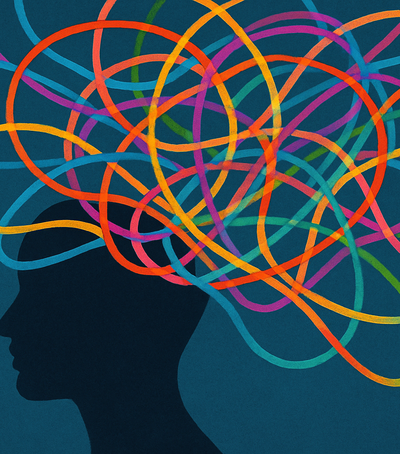
In the rich landscape of our experiences, there are memories that shine with a special intensity—like sunlight refracting through morning crystals. This phenomenon, which psychologists call “emotional luminance,” describes the way in which emotionally charged events are registered, stored, and recalled to consciousness with greater color and brilliance.
1. Neurobiological basis of vivid memories
Every memory consists of a synaptic network in the brain; when emotions are intense—whether overwhelming joy or deep pain—the connections between nerve cells are strengthened. Stress and pleasure hormones, such as adrenaline and dopamine, act as catalysts for this neurosynaptic condensation. As a result, a part of the brain called the amygdala “marks” emotional events as important to store with special care.
2. Factors that increase “luminance”
Emotional intensity: Any moment that is accompanied by ecstatic happiness, fear, or deep sadness will "light up" more, as the brain registers the urgency of the experience.
Novelty and surprise: Unexpected things, which break the monotony of the day, capture attention and become more memorable.
Repetition and revision: Memories that are frequently recalled—through conversations, photographs, or personal rituals—are transformed into renewed paintings, gaining a range of colors.
Sensory details: The smells, sounds, and visual images associated with an event strengthen the synaptic network, making the memory more vivid.
3. Positive vs. negative memories
Sometimes, bitter events remain in our minds more strongly than pleasant ones—a survival memory loaded with warnings.
However, neuroscience researchers claim that even very high-intensity positive experiences leave deep traces, causing a momentary feeling of "awakening".
Typically, negative memories activate more the parts of the brain responsible for survival, while positive ones feed the pleasure center.
4. How to nourish the “luminance” of our own memories
Practicing gratitude: Daily noting of small moments that made us feel happy—a loving word, a sunset, or a hug—strengthens their memory.
Meditation: Full attention to the moment of experience helps to register every emotional nuance.
Reflection with sensitivity: Interacting with photographs, personal notes, or nostalgic conversations gives memory the opportunity to recreate and deepen the flavor of sensations.
“Emotional Luminance” teaches us that our memories are precious treasures, a living album of sensations that shape us as individuals. By understanding the mechanisms that make some memories shine brighter, we can nurture moments that remain unforgettable—not as fixed images, but as a warm throb within the heart.
With every breath, our memory has the power to bring back to us the light of those moments that have illuminated our soul.





